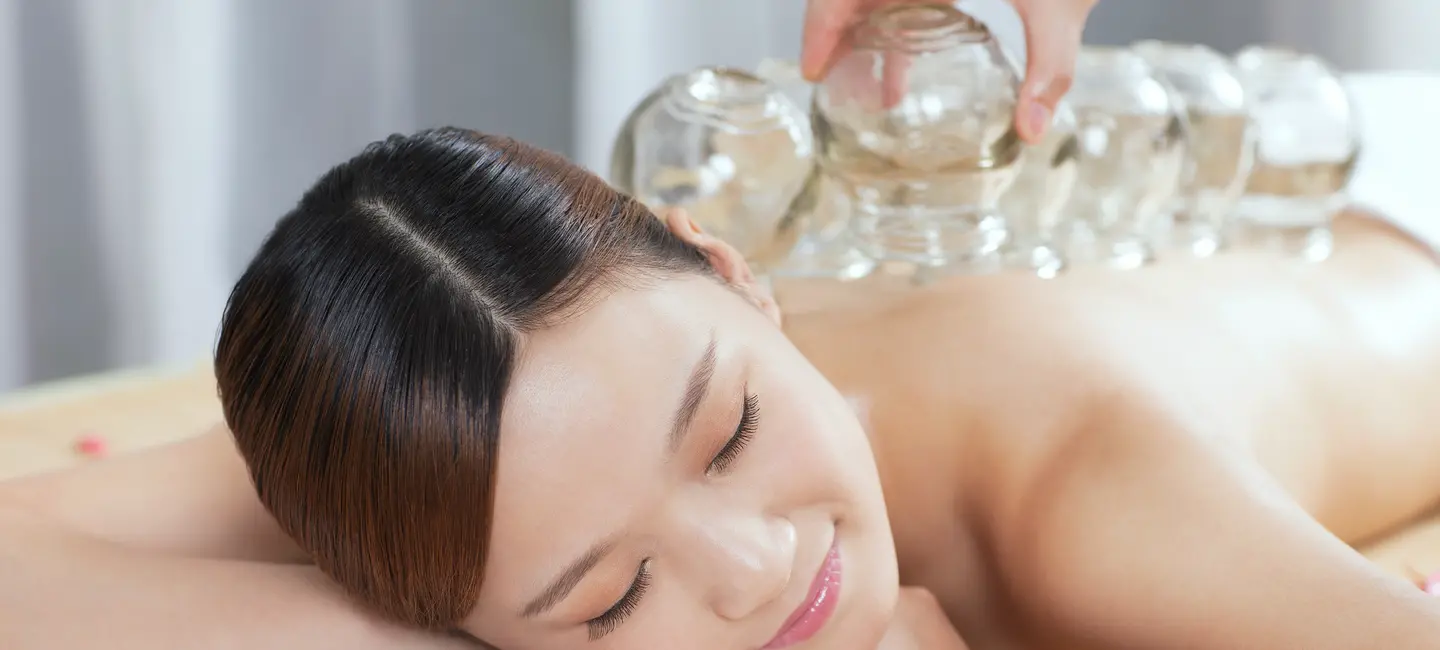
Cupping is a therapeutic method that involves applying a heated cup to the skin. It's used in Traditional Chinese Medicine (TCM) and acupuncture.
As the air inside of the cup cools, it creates a slight suction on the skin. This is thought to improve blood flow. In a specific type of cupping, called wet cupping, a small cut is made in the skin before the heated cup is applied. This causes bleeding (blood-letting) when suction is created.
People use cupping for back pain. It is also used for metabolic syndrome, acne, fatigue, fibromyalgia, chronic pain, high blood pressure, and many other conditions, but there is no good scientific evidence to support these uses.
Is It Effective?
NatMed Pro rates effectiveness based on scientific evidence according to the following scale: Effective, Likely Effective, Possibly Effective, Possibly Ineffective, Likely Ineffective, Ineffective, and Insufficient Evidence to Rate.
- Back pain. Various types of cupping, including dry cupping, wet cupping, and pulsatile cupping, seem to reduce lower back pain. Wet cupping might also reduce the use of pain medication.
- A grouping of symptoms that increase the risk of diabetes, heart disease, and stroke (metabolic syndrome). Wet cupping doesn't seem to improve heart disease risk factors in people with metabolic syndrome.
There is interest in using cupping for a number of other purposes, but there isn't enough reliable information to say whether it might be helpful.
Is it Safe?
Cupping is possibly safe when used appropriately. Side effects rare, but can include bruising and bleeding.
Special Precautions & Warnings:
Pregnancy and breast-feeding: There isn't enough reliable information to know if cupping is safe to use when pregnant or breast-feeding. Stay on the safe side and avoid use.
It is not known if this treatment interacts with any medicines. Before using this treatment, talk with your health professional if you take any medications.
There are no known interactions with herbs and supplements.
There are no known interactions with foods.
Cupping involves applying heated cups to specific locations on the body based on symptoms. The locations may or may not be traditional acupoints. Cups can be made of silicone, glass, bamboo, metal, rubber, and wood.
The two most common types of cupping are dry cupping and wet cupping. In dry cupping, heated cups are applied to intact skin. As the air inside of the cup cools, it creates a slight suction on the skin. This is thought to increase blood flow. In wet cupping, a small cut is made in the skin before the heated cup is applied. This causes bleeding (blood-letting) when suction is created. Speak with a healthcare provider to find out what type of cupping might be best for a specific condition.
Bleeding Cupping, Blood-Letting Cupping, Cupping Massage, Dry Cupping, Fire-Cupping, Flash Cupping, Hijamat, Liquid Cupping, Medicinal Cupping, Momentary Cupping, Moving Cupping, Multiple Cupping, Needle Cupping, Pneumatic Pulsation Therapy, Pulsating Cupping, Retained Cupping, Shuiguanfa, Traditional Cupping, Ventosaterapia, Ventousothérapie, Water Cupping, Wet Cupping, Wet-Cupping.
Information on this website is for informational use only and is not intended to replace professional medical advice, diagnosis, or treatment. While evidence-based, it is not guaranteed to be error-free and is not intended to meet any particular user’s needs or requirements or to cover all possible uses, safety concerns, interactions, outcomes, or adverse effects. Always check with your doctor or other medical professional before making healthcare decisions (including taking any medication) and do not delay or disregard seeking medical advice or treatment based on any information displayed on this website.
© TRC Healthcare 2024. All rights reserved. Use and/or distribution is permitted only pursuant to a valid license or other permission from TRC Healthcare.
